NASA Faces Urgent Challenges to Bring Boeing’s Starliner Back
Written on
Chapter 1: Stranded in Space
NASA astronauts Butch Wilmore and Suni Williams have found themselves stuck aboard the International Space Station (ISS) for a staggering 53 days! Initially, their journey was planned as an eight-day mission, facilitated by Boeing's Starliner capsule. Unfortunately, the spacecraft encountered several malfunctions, including thruster issues and helium leaks.
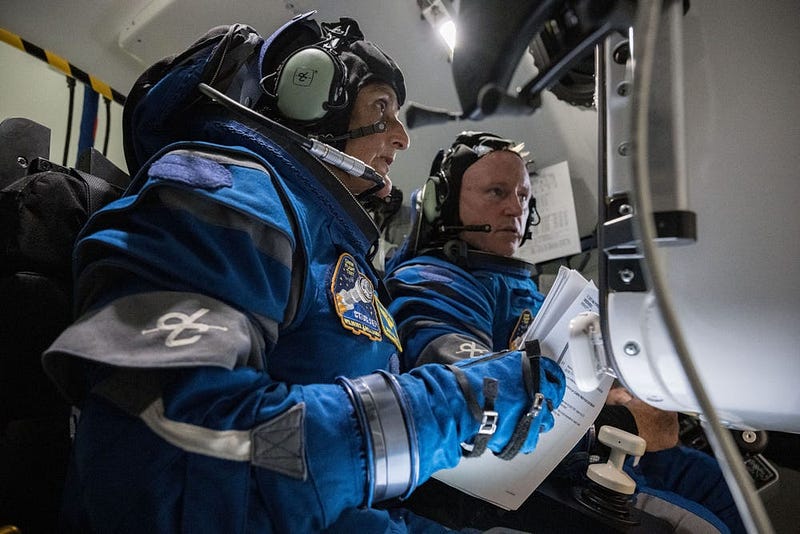
This mission marked the first crewed flight for Boeing's Starliner. Prior to this, the spacecraft had completed numerous unmanned missions that helped to build trust in its capabilities. The design aimed to ensure safe operation for at least ten missions before retirement. It is hoped that repairs can be conducted while still attached to the ISS, allowing for the eventual return of Williams and Wilmore to Earth, potentially in August.
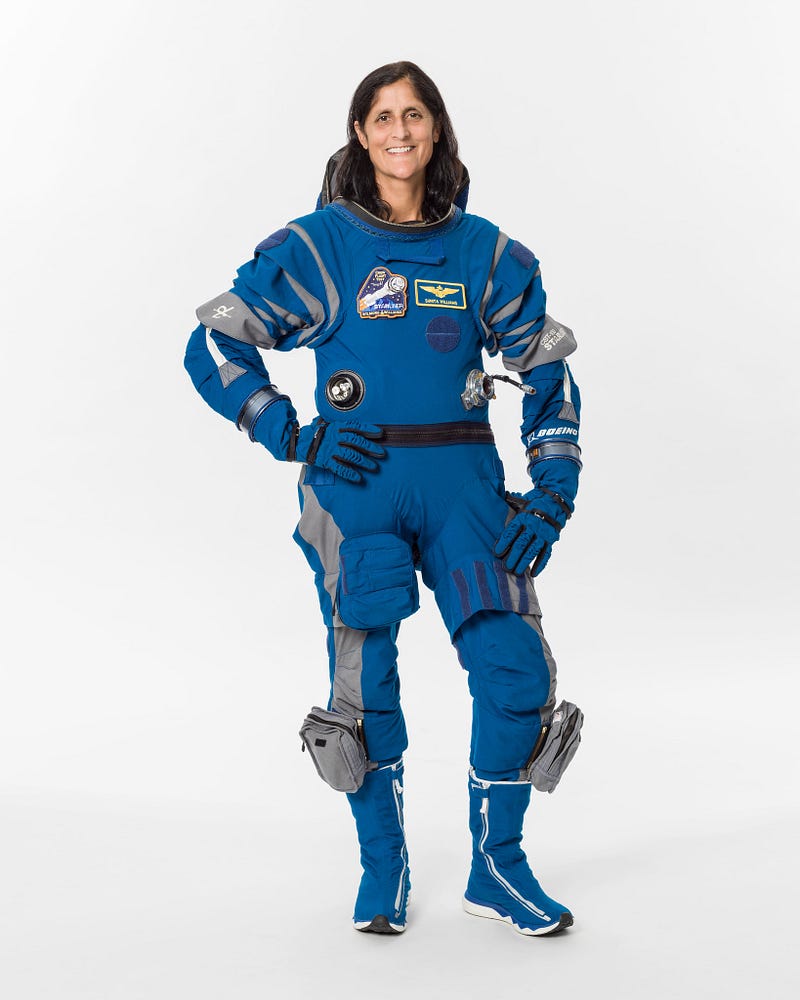
Hot fire tests of the thrusters took place over the weekend, alongside inspections for helium leaks. Early findings are encouraging, but further analysis will be necessary in the coming days. Should these tests yield favorable outcomes, NASA will begin preparations for the astronauts' return flight, likely scheduled for late August.
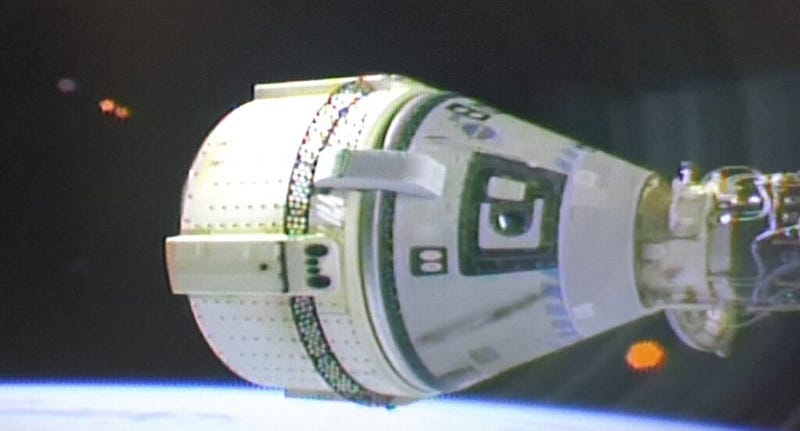
Boeing has been facing numerous legal challenges and mechanical failures with its aircraft, and it appears that these issues have extended to its spacecraft as well. Critics argue that Boeing's decision to replace engineering leadership with business-focused management has severely impacted the company's integrity. This misalignment of priorities has harmed Boeing’s standing within the aerospace industry, prompting whistleblowers from engineering and maintenance teams to speak out in hopes of preventing further harm.
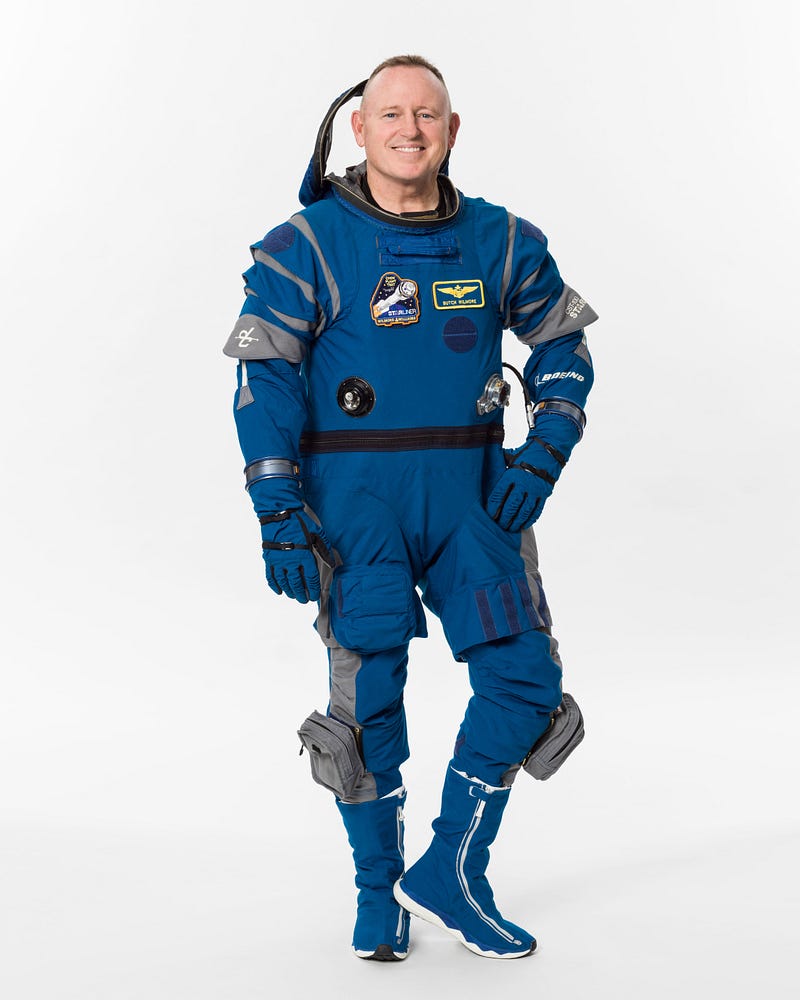
Elon Musk, CEO of SpaceX and a vocal critic of Boeing's management, has commented extensively on these issues. The battery in the Starliner has a lifespan of roughly 90 days, meaning if repairs aren't completed swiftly, SpaceX may need to intervene to bring the astronauts back home. This scenario would represent a significant setback for Boeing as it continues to navigate these turbulent waters.
NASA discontinued its space shuttle program in 2011 and has since enlisted private companies to carry out its missions. SpaceX has emerged as the primary contractor, alongside Boeing, both of which have demonstrated the ability to deliver reliable rockets at a lower cost than NASA could achieve independently.
In the upcoming days, we expect to gain insights into Starliner's performance during the recent tests. Keep an eye on NASA and Boeing's official sites for the latest updates regarding the mission and any forthcoming plans.
This video discusses the critical timeline for Boeing’s Starliner and the urgency of NASA's decisions regarding the future of the mission.
This video explains why NASA is unable to bring astronauts home via Boeing's Starliner and explores the implications for the space program.
Update: Astronauts may remain stranded until 2025, prompting SpaceX to initiate plans for a rescue mission.
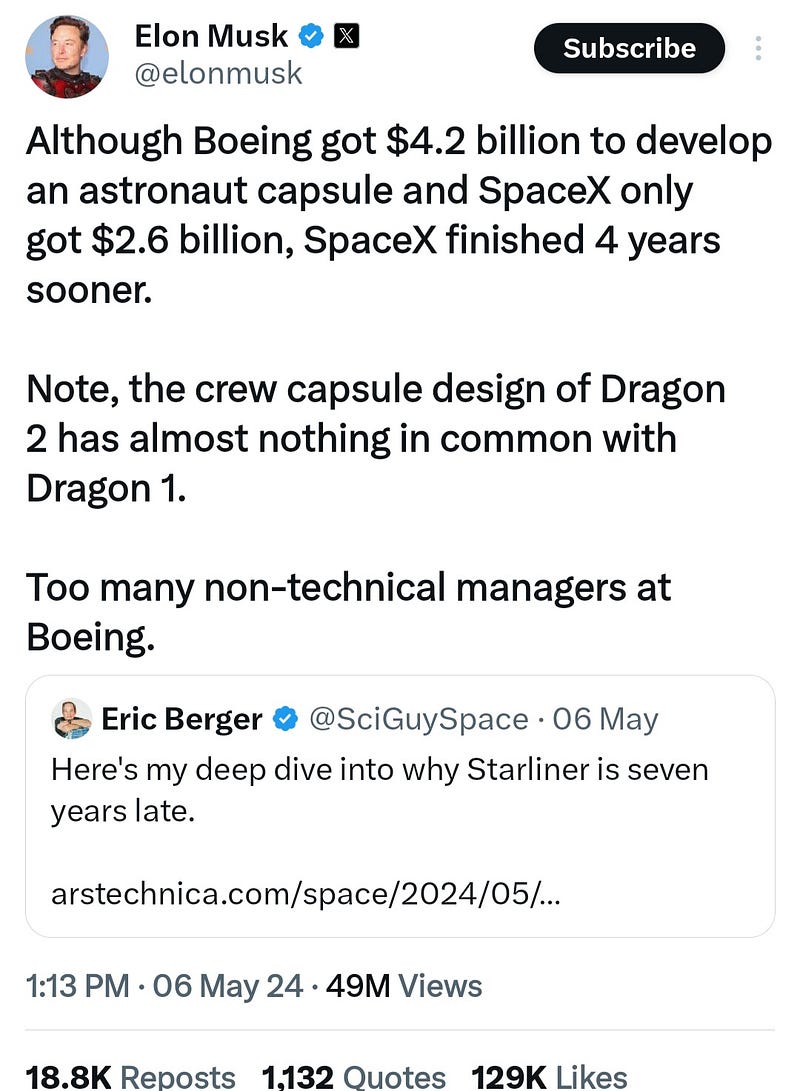
Liked the story? Join Sweet Publications!
Sweet.pub is a family — ? Short, ? Long, ? Niche, and ? Deep.
Discover the stories that will make your ? beat!
This article was published on July 31st, 2024 in Long. Sweet. Valuable. publication.
